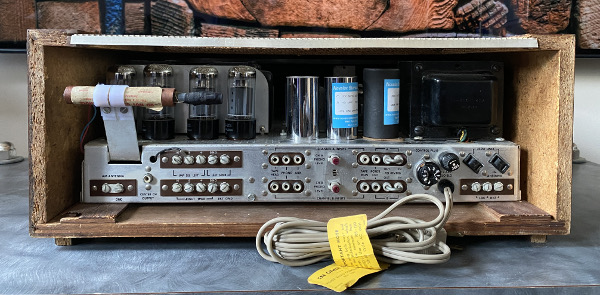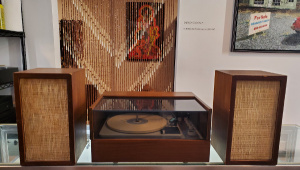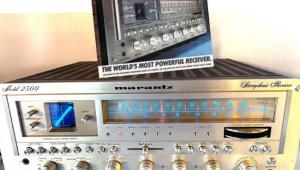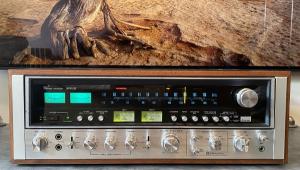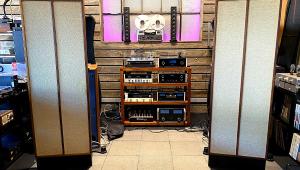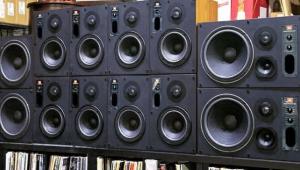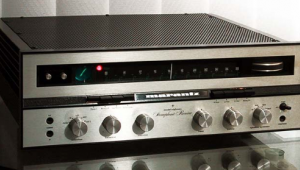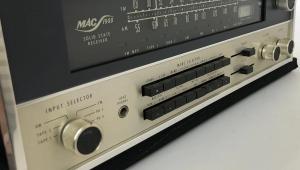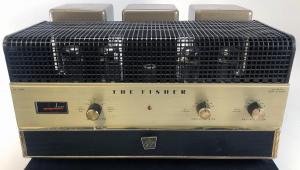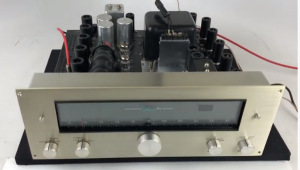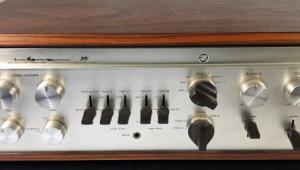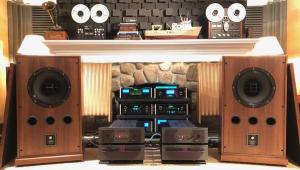The 800-B Receiver: An Avery Fisher Masterpiece
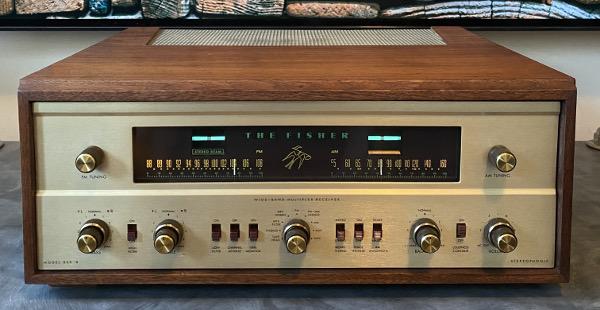
Avery Fisher was busy pursuing his passion for music and high-fidelity sound years before he founded The Fisher Radio Corporation in 1945 and long before hi-fi became a thing in the early 1950s. The amateur musician (he played the violin built his first radio/phonograph console in 1937 using speakers, amplifiers, and other parts he picked up from local movie theaters that no longer needed them, all while working as a book designer. Before he knew it, he was making hi-fi consoles for friends and decided to formalize the new side gig as Philharmonic Radio.
The moonlighting evolved into a full-time occupation in 1943 when Fisher quit his day job. But with World War II in full swing, he had trouble keeping the business afloat. Materials were in short supply and electronics manufacturers were mobilized by the government to help with the military effort so Fisher had no choice but to sell the company, agreeing to stay on as president. The arrangement was short-lived. Philharmonic Radio had transitioned to making table radios, an area in which Fisher had no interest, so when the war ended he left and started Fisher Radio, bringing a few key employees along with him.
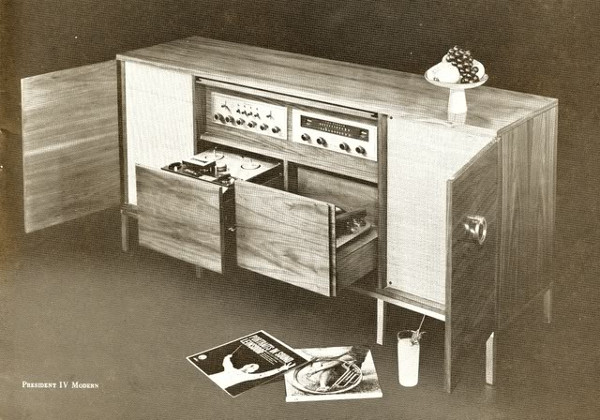
The new company specialized in expensive, high-quality consoles — complete hi-fi systems combining a speaker or speakers (the early systems were mono) with vacuum-tube electronics, a turntable, and (in some cases) a tape recorder in a furniture-grade wood cabinet made of walnut, mahogany, and other hardwoods. RCA, Ampex, and others tried to make a go of it in the burgeoning console business of the 1950s but failed.
Competitors would ask Fisher why his company prevailed and, as revealed in a 1976 Rolling Stone interview, he would tell them: “You went for the bottom line and we went for top quality.” By the end of the 1950s, the Fisher console had become a status symbol in living rooms across America — the Kennedy Administration even had one installed in the White House living quarters in the early ’60s. Indeed, Fisher Radio was a titan of the burgeoning hi-fi/stereo market and through the 1950s and ’60s built some of hi-fi’s most iconic gear.
Fisher’s legacy lives on today through a number of highly collectible audio products. Among them, the stately SA-1000 vacuum-tube amplifier and the subject of this post, the 800-B stereo receiver, produced from 1961 to 1963 (1962-1964 model years). A replacement for the 1960 model TA-800, it was Fisher’s third stereo receiver and sold for $429.50 with a (now hard-to-find) walnut or walnut wood-veneer case offered as a $25 option.
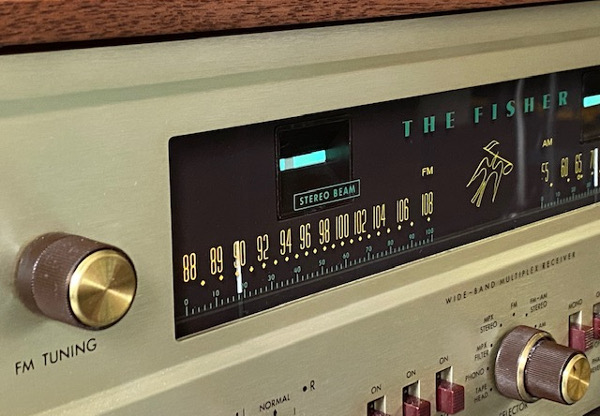
Beautiful Inside and Out
The Fisher 800-B is a beauty with its satin brass-toned (and later champagne) aluminum faceplate, large radio tuning display with separate FM and AM sections, and symmetrical layout, a nod to Avery Fisher’s astute design sense. The left (FM) and right (AM) tuner displays were separated by the distinctive Fisher logo and each had its own “magic eye” signal-strength meter. Symmetry was a hallmark of Fisher design, and the man behind the company was known for being hands-on, detail-oriented, and in touch with his customers. “If on occasion my secretary was out of the office, I got on the phone immediately,” he shared in the Rolling Stone interview. “They would say, ‘Is Mr. Fisher in?’ I’d say, ‘This is Mr. Fisher.’ And they wouldn’t believe it."
In 1961, the vacuum tube was the technology of choice for delivering the power needed to drive speakers, as it had been for decades. Transistors had been in use for a decade but they were still expensive and wouldn’t become widely adopted in receivers for at least another decade. The 800-B is packed with 22 tubes and was the first Fisher receiver to use the new 7591 output tube, coveted by audiophiles for its musical sound. A 1962 ad in High Fidelity — one-time sister magazine to Sound & Vision predecessor Stereo Review — boasts, “The power amplifier is capable of 65 watts IHFM music power output at less than 0.5% harmonic distortion — 32.5 watts per stereo channel.”
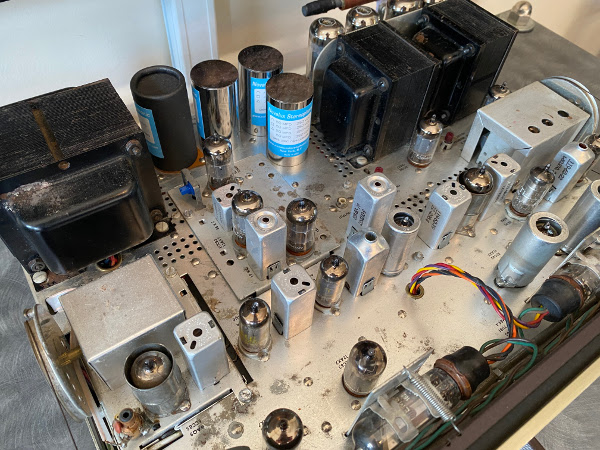
Tubes were also put to work to deliver an excellent AM/FM section — one with a historical twist. The 800-B was one of the first receivers to support true multiplex (MPX) FM stereo, the system still in use today that encodes left- and right-channel stereo audio in the radio signal. And in a move Fisher apparently deemed a necessary hedge, it also contains circuitry to support the long obsolete “FM-AM stereo” system.
It’s no wonder “FM-AM stereo” was short-lived: Tuning in a stereo broadcast was a two-step process. As Phil Nelson explains in a post on antiqueradio.org, “First you switched your radio to FM and tuned in the FM station for one channel. Then you switched to AM and tuned in an AM station to get the second channel. Finally, you switched your radio to "FM-AM," and listened to the two-channel broadcast. Operating in FM-AM mode, the Fisher 800-B plays FM mono through the left channel and AM through the right.” It was an overly complex system fraught with problems, not the least of which was the inferior sound quality of AM.
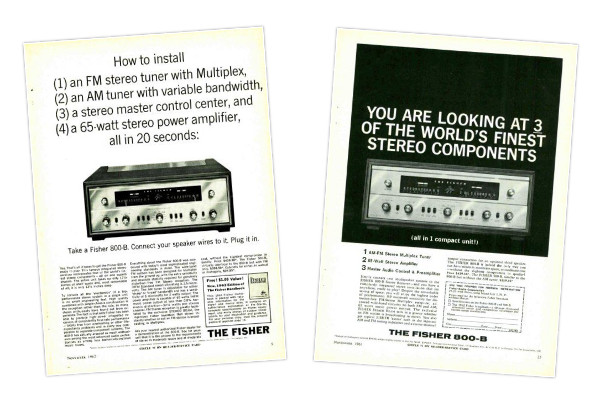
The 800-B’s simple yet elegant faceplate sports 15 controls, starting with separate FM and AM tuning knobs — FM in the upper left corner and AM in the upper right. The remaining switches and knobs run along the bottom and include a central dial for selecting one of nine operating modes or sources (Tape Head, Phono, MPX Filter, MPX Stereo, FM, FM-AM Stereo, AM, Aux, and Tape) along with knobs to adjust volume, L/R balance, bass, and treble. Eight switches let users select between mono and stereo, Sharp and Broad AM Bandwidth, and provide on/off control for High and Low filters, Channel Reverse, Tape Monitor, Phase Reverse, and Loudness Contour.
Around back, there two AC outlets and screw terminals for FM and AM antennas, external ground, and a single pair of 4-, 8-, or 16-ohm speakers plus an RCA jack labeled “Center Ch Output” that mixes the left and right channels together for use with a center speaker — a feature offered on some power amps during the early days of stereo. Inputs include RCA jacks for a tape deck, turntable (with phono-level potentiometers for each channel), a tape monitor loop, and a set of dual jacks for connecting Fisher’s optional Spacexpander reverberation unit.
